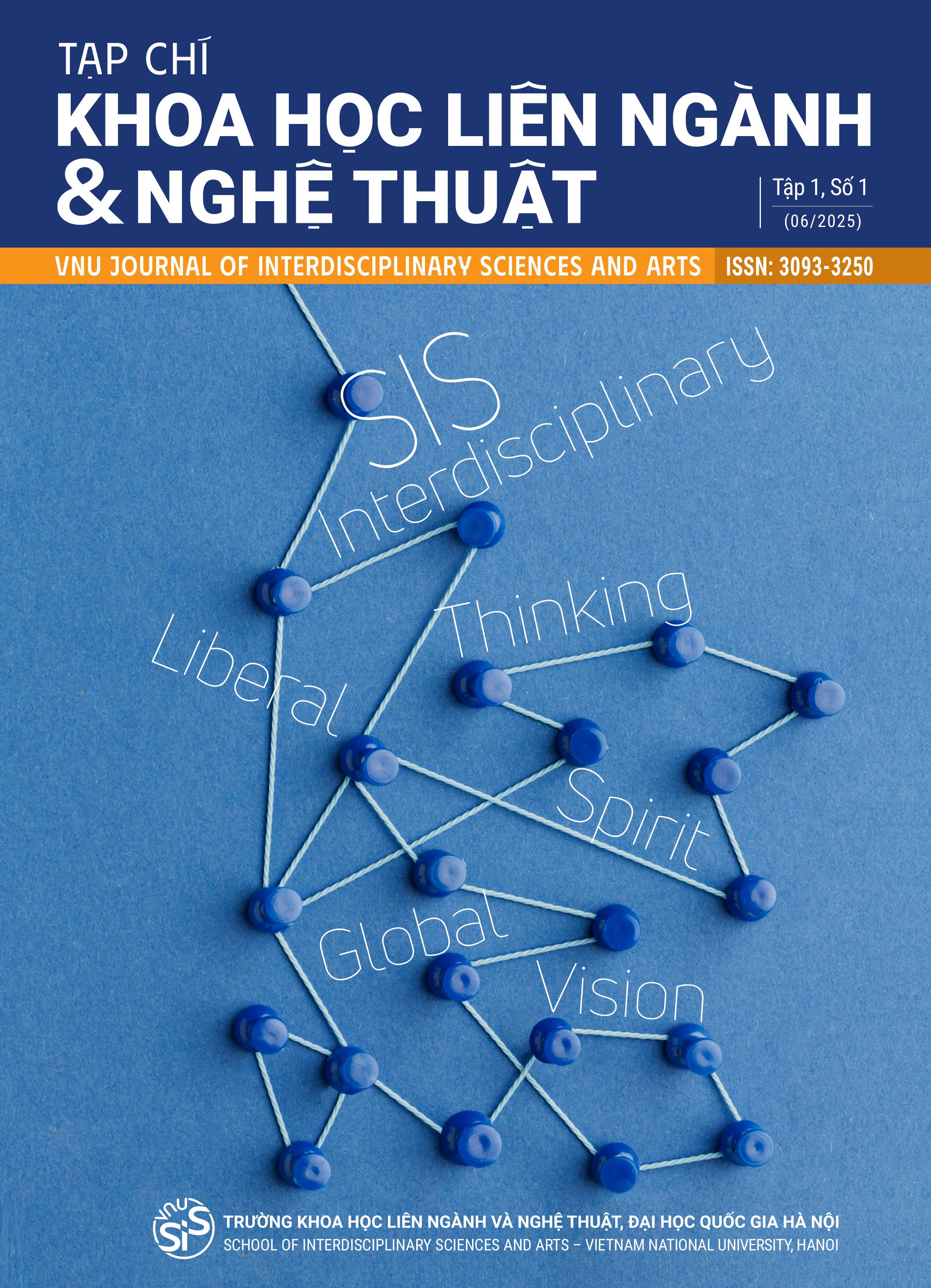Applying Artificial Intelligence in identifying tropical cyclone regions from numerical meteorological and climate data to minimize risks and support sustainable development in The Bien Dong Sea and Vietnam
DOI:
https://doi.org/10.64711/2yqnbn74Keywords:
Bien Dong Sea, Tropical cyclone, numerical weather/climate data, tropical cyclone detectionAbstract
This study proposes a fully automated method for typhoon area identification from numerical weather prediction (NWP) model data using the RetinaNet model combined with the ResNet152 backbone network. The input training data consisting of physical fields such as pressure, wind, and temperature from the reanalysis are processed into multi-channel images to train an object detection model in which the data labels are determined from the Japan Meteorological Agency (JMA) best-track standard typhoon trajectory data. Experimental results on reanalysis data show that the model achieves high accuracy (detection rate over 90%), thereby identifying well the information areas related to storm activity without the need for initial information (first guess) like the traditional tracking method. When applied to climate change simulation data, the model still effectively detects cyclones, reflecting the trend of spatial-temporal changes in storm activity in the future. The experiment in the Bien Dong Sea region showed realistic detection capabilities, while also identifying some weak systems that were missed by traditional algorithms. The results show that deep learning has great potential to automate storm detection from NWP data without the need for subjective initial processing.
Downloads
Published
Issue
Section
License
Copyright (c) 2025 VNU Journal of Interdisciplinary Sciences and Arts

This work is licensed under a Creative Commons Attribution-ShareAlike 4.0 International License.






